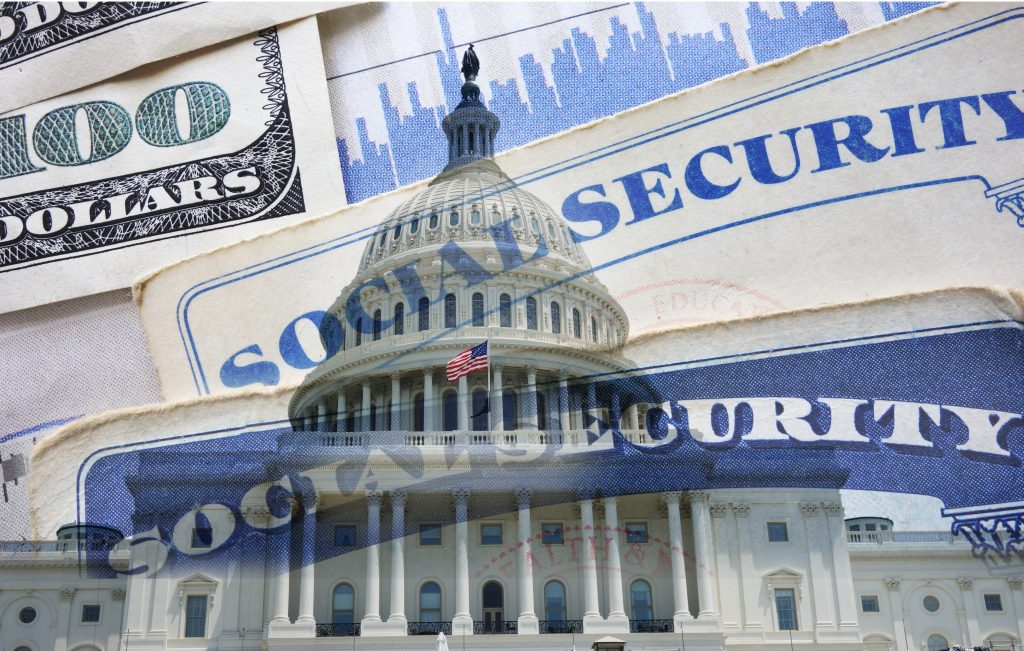
Image source: Getty Images
The September Consumer Price Index is out, and although there’s some good news for some categories, groceries isn’t one of them. In fact, the cost of groceries rose another 0.4% in September from the month prior, making it even harder for many Americans to stick to a monthly budget.
Prices for groceries are also up 1.3% for the year, short of the inflation rate, but still plenty after all the post-pandemic years of rising grocery prices. One of the biggest contributors was eggs, but the whole category (which includes meat, poultry, fish, and eggs) was up 0.8%, and fruits and vegetables were up 0.9% for the month.
Year over year, the meat, poultry, fish, and eggs category was up 3.9%, far eclipsing the next closest line item, alcoholic beverages, which was up 1.3%.
How much are people spending on groceries?
It’s interesting to see that grocery prices are up, but what exactly does that mean? According to the Consumer Expenditure Survey, an average household containing 2.5 people, 0.6 of which are children and 1.3 of which are earners (on average), spent nearly $10,000 on groceries in 2023.
That’s $4,000 per person, per year, or $833 per household, per month, on average. But that’s the average. If your household has special dietary needs, like food allergies, this price can be considerably higher, even with tight care and control.
You can earn money back on this spending with a rewards credit card. Click here to check out some of our favorite picks that earn higher rates on groceries and gas.
Other ways to save on your grocery bill
Buying groceries is an ever-present frustration for American households. Here are my favorite tricks to take some of the sting out of your grocery bill.
1. Buy food in bulk
Sure, maybe buying carrots in bulk is nobody’s idea of a good time, but there are plenty of foods you can buy in bulk that will last a while in storage. For example, I often buy large bags of brown rice and relatively long-lasting products like tofu when I go to my neighborhood Costco.
Costco is well-known for its quantity approach to groceries, but this can lead to massive savings if you plan your trip well. You might also consider investing in long-term food storage options like airtight containers for dry goods, or vacuum sealers so you can break up bulk packages into smaller portions.
2. Take advantage of cash back programs
Cash back apps like Ibotta can help make your grocery tab cheaper. Ibotta isn’t a coupon system, but it instead pays out money based on its internal incentives program for each item you buy that’s included in the program.
So, for example, if your cereal is listed on Ibotta, you can get a dime or a quarter back for something you were going to buy anyway. You can then cash out the money you collected into your checking account or turn it into gift cards.
3. Watch for gift card deals
Gaming the system is always a fun way to save money. Keep your eyes peeled for discount gift cards for your favorite market, at places like Costco and Sam’s (or even that same market). You can save a bundle by buying gift cards in amounts that will cover your weekly shopping, and then using them religiously. Often, you’ll realize discounts of 10% or more, depending on the players involved and the offers that are available.
4. Monitor local sales fliers
Even if sales fliers don’t always come in the newspaper anymore, you can still often get them online, which is actually great because it makes comparison shopping a lot easier. If you look through the sales to see where the best deals are on items you’d buy anyway, you can organize your shopping trip to be as cash-efficient as possible.
Let’s say you generally shop at two different stores each week, and you see one is having a sale on your favorite ice cream. Just by choosing that market to buy the ice cream that’s already on your list, you’re saving money in a fairly easy way.
5. Use digital coupons
Digital coupons can save you even more on items you were already going to buy. They can also be used with cash back apps like Ibotta for a solid two-fer effect when the stars align properly.
It’s easy, just download the app for your grocery store to your phone and sign up for its coupon program. Then you can select the coupons you’ll use at checkout and tie them to your account. Generally, when you check out, the coupons are automatically applied, but you’ll want to be sure you know how the program works before you assume.
Inflation in the post-COVID era is real, but you can still save
That $833 per month can be a significant chunk of change, especially when your rent is $1,500 and your car payment is another $500 or so a month.
Although inflation is cooling significantly, we have several years of very high grocery inflation left to overcome. This means we all have to be smarter about how we buy our groceries so our grocery bills don’t eat us alive.
Alert: highest cash back card we’ve seen now has 0% intro APR into 2026
This credit card is not just good – it’s so exceptional that our experts use it personally. It features a 0% intro APR for 15 months, a cash back rate of up to 5%, and all somehow for no annual fee!
Click here to read our full review for free and apply in just 2 minutes.
We’re firm believers in the Golden Rule, which is why editorial opinions are ours alone and have not been previously reviewed, approved, or endorsed by included advertisers.
The Ascent does not cover all offers on the market. Editorial content from The Ascent is separate from The Motley Fool editorial content and is created by a different analyst team.Kristi Waterworth has no position in any of the stocks mentioned. The Motley Fool has positions in and recommends Costco Wholesale. The Motley Fool has a disclosure policy.
 benzinga.com
benzinga.com fool.com
fool.com



